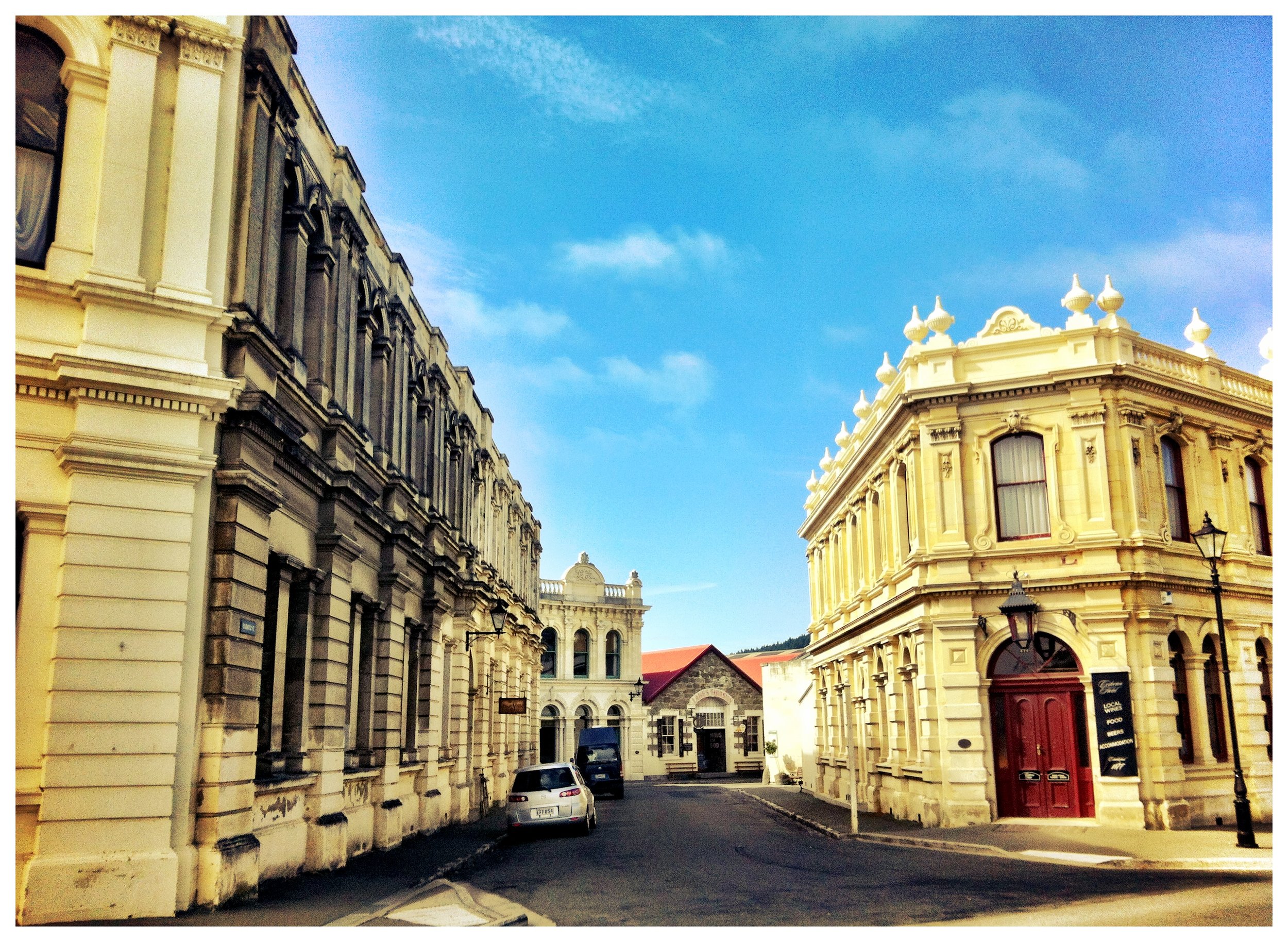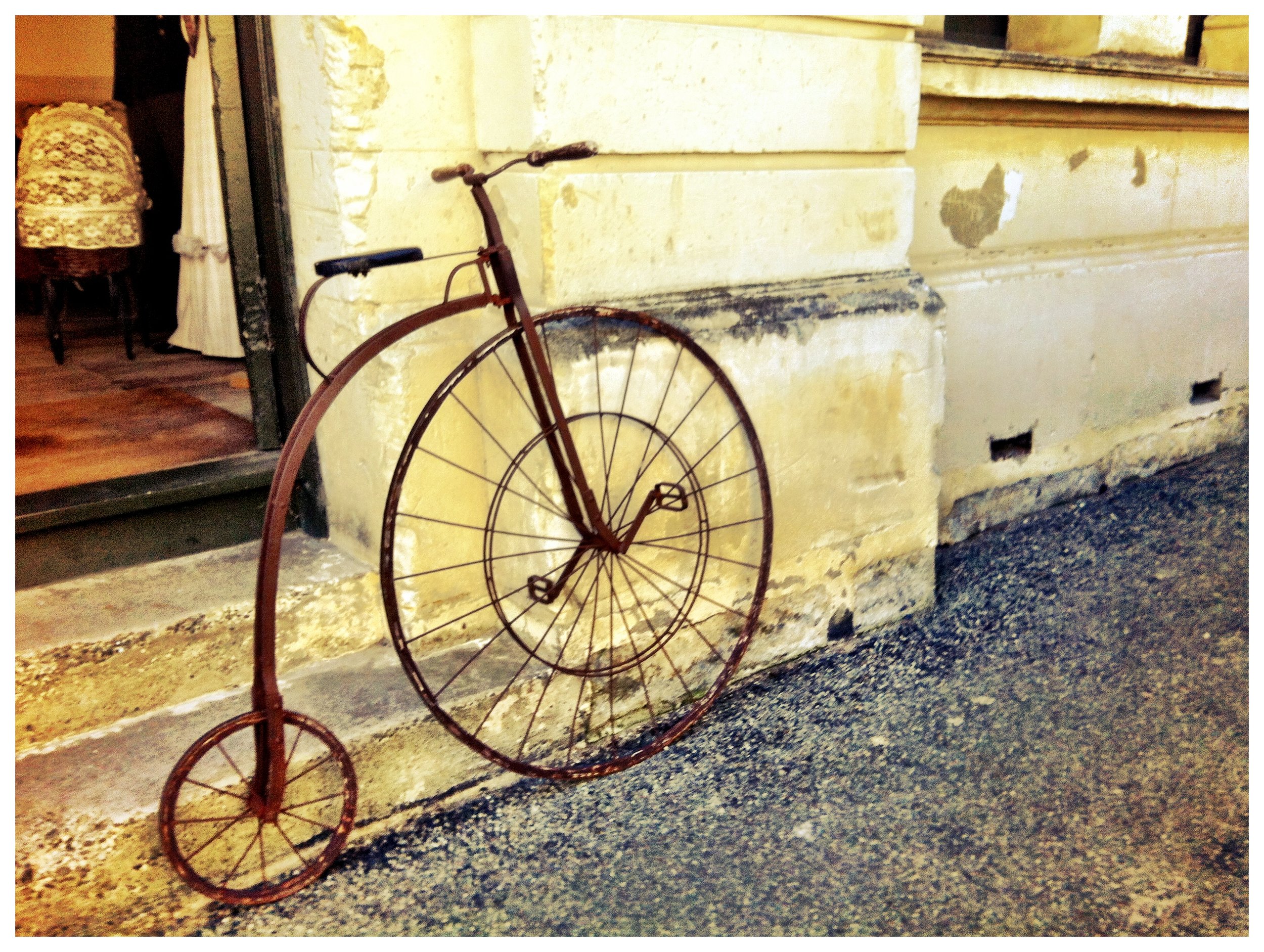New Zealand's Hidden Gem Awaits in Waitaki
The Waitaki district, located in the Canterbury and Otago region of New Zealand’s South Island, doesn’t usually rank as a must-see spot in the country, often overshadowed by the more famous Milford Sound and the country’s cities.
But travel to Waitaki, and it is impossible to not be taken aback by its scenery, the genuine kindness of its people, and the many culinary delights.
My journey to Waitaki, where the city of Oamaru was to be my final destination, began in Queenstown.
From the laid-back resort town, I traveled by car via the spectacular Lindis Pass, which crosses a saddle between the valleys of the Lindis and Ahuriri Rivers, 971 meters above sea level.
Most travelers on their way to Oamaru take a break from driving in the small town of Omarama, and if you have an hour to spare, stop by the hot tubs.
Hot Tubs Omarama is a business run by a husband and wife team, Lance and Jan Thomas, and is a relatively new feature in town, only open from 2009.
When asked how the idea of hot tubs in the middle of nowhere came about, Jan Thomas answered with a laugh: “Because I have a mad husband!”
In fact, the couple were introduced to the concept by a close friend and later indulged in the soaking experience themselves during their travels to Europe and Japan. They then decided to go into business, starting with two wooden tubs.
The Thomases have since expanded and added tubs of different sizes that can accommodate up to four people.
The water for the tubs is chemical-free and changed after each use, when the tubs are refilled with fresh glacial water.
I visited Hot Tubs during the day, but Thomas said it usually became more crowded at night, as the view of a starry sky added to the experience.
There is also no need to worry about privacy — the facility’s landscape is arranged in a way that the hot tubs are not visible from the outside, and the grinding sound of pebble stones announces someone approaching.
Back on the road to Oamaru, there were more sights to behold: the Vanished World Center, located in Duntroon, exhibiting unique fossils of whales, dolphins, penguins, sharks and shellfish, as well as the Elephant Rocks, massive limestone formations sitting on private farmland, and prominently featured in the movie “The Chronicles of Narnia.”
It was already late afternoon when I reached Oamaru, so I decided to postpone exploring the city to the next day and head directly to dinner instead.
The Riverstone Kitchen is an award-winning restaurant run by chef Bevan Smith. It uses ingredients from its own garden and changes menus every four to six weeks.
Although I enjoyed the excellent dining experience, I unfortunately could not linger, as the next item on my to-do-list was one that required punctuality.
The Oamaru blue penguin colony dates back to the early 1990s, when several blue penguins — the smallest species of the creature — started to nest at the edge of Oamaru Harbor.
The breeding colony was then established as a protected area in 1992.
The blue penguins leave the colony before sunrise and return every night at dusk. Visitors joining the evening viewing can watch the adorable little creatures as they paddle their way up to the colony, mostly in small groups, to be able to defend themselves against predators.
The next day was a sunny one and therefore perfect for a stroll through Oamaru and its neighboring areas.
A 20-minute drive from Oamaru lies the sleepy fishing village of Moeraki. Here, at the beach, one can see another remnant of a vanished world: the Moeraki Boulders.
According to Maori legend, the Moeraki Boulders are food baskets that were washed ashore when a canoe was shipwrecked in a search for precious stones.
Modern science is less sure about how the boulders were made. The current theory is that they started as lime crystals, which then attracted other minerals to form the spherical shape.
Not far off, on the tip of Moeraki Peninsula is the Katiki Point Lighthouse, built in 1878.
A walking trek near the lighthouse leads you right into a wild habitat, where yellow-eyed penguins hover around rocks and sea lions and seals lie and toss about in the grass only a couple of meters away.
Back in Oamaru, the Whitestone Cheese Factory & Cafe is a good starting point for a tour of the town.
Established in 1987, visitors are allowed a sneak peek into the production halls of the family business, and later stop by at the adjacent store to sample a variety of award-winning cheeses.
The creamy and silky Windsor Blue has won the most trophies, but there is much more to satisfy the taste buds: the rich Creamy Havarti, the sharp Aged Airedale, and the nutty-flavored Monte Cristo, to name a few.
From Whitestone, I headed toward the heart of the town.
Here, one can see Oamaru at its most stunning, as the historic precinct still features much of the majestic architecture of the Victorian era.
Most of the buildings were made from Oamaru stone (local limestone) and have been beautifully preserved and restored. Each comes with a rich history.
The Opera House, officially opened in 1907, has hosted numerous festive functions over the years, while the Forrester Gallery used to be a bank and was converted into an art gallery in 1983.
St. Luke’s Anglican Church sits atop a hill, overlooking Thames and Itchen Streets as well as the railway station.
Around the corner is Harbour Street, home to antique stores containing treasures and knick-knacks. It is here the local arts community has made a home for itself in the many galleries.
I continued my day in Oamaru with a visit to Annie’s Victorian Tea Rooms.
Walking through the door is like entering a time capsule.
The outside world is gone, and one has traveled back in time to the 19th century: a pianist entertains guests sitting at tables set with fine china, eating a slice of homemade cake or scones, served by waitresses in time-appropriate costumes.
“A visit to Annie’s Victorian Tea Rooms should be a living history experience,” owner Annie Baxter said.
“Back in the days, tea rooms were among the few public places where women could gather. It was a safe place for them. The men would go to the pub, but the women usually met in tea rooms.”
Baxter, although a relative newcomer to Oamaru, never runs short of ideas on how to engage with the community.
Last year, for instance, in honor of the 100th birthday of English writer Charles Dickens, she organized readings and created a whole new menu with dishes that can be found in Dickens’ books.
The strong sense of community among the local people of Oamaru is palpable.
It seems everybody knows each other and is willing to do their part to preserve the sweetness of this town, happily welcoming visitors to be a part of it.
I was saddened by the thought that I had to leave the next morning, as I felt there was still much to discover.
Oamaru is called the steampunk capital of New Zealand, and fans of the literary genre bring the mix of science fiction, fantasy and history to life by putting on art exhibitions, music and dance performances, as well as film festivals.
Oamaru is also the hometown of writer Janet Frame, who spent her childhood at 56 Eden Street, prominently featured in her bestselling autobiography “An Angel at My Table.”
A walking tour leads visitors to locations associated with the author’s early years, including her house and its extensive gardens that have been restored to its original modest self.
At least there is a reason to come back.
And I think I might have discovered New Zealand’s best-kept secret.
This article was first published on May 16, 2013 in the Jakarta Globe newspaper.







